One of the professions in tile and ceramic industry is flooring. However, flooring a house with tile has several pros and cons. Besides the mentioned issues the cost matters to almost all the customers. Ceramic tile flooring is quite versatile, as it is resistant to water and stains, it is simple to maintain, and it is durable. In addition to being installed on bathroom floor tiles, these tiles can also be installed on countertops, shower walls, outdoor patios, and entryways. Installation can take place anywhere in your home.
 Ceramic
Ceramic
Because ceramic tile is available in practically every color, as well as one-of-a-kind patterns and textures, including convincing imitations of natural stone like travertine floor tile, it won’t be difficult for you to choose the color that will best complement your plans to remodel your kitchen or bathroom. Ceramic can be used to make excellent floor tiles that are long-lasting, uncomplicated to clean and maintain, and quite inexpensive to set up. If you are willing to spend a little more (or a lot more) and learn the more specific (but not overly difficult) maintenance needs of natural stone, you will be able to achieve a more stylish, elegant, and upscale look for your kitchen renovation or bathroom tile design. This is especially true if you want to achieve an upscale look. Ceramic tile flooring will remain extremely popular for the foreseeable future and provides an outstanding value all things considered.
Ceramic Tile Cost
There are very few, and perhaps no customer who does not care about the cost of the tile and ceramic which they are buying. You should expect to pay between $0.50 and $10 per square foot for the supplies necessary to install porcelain or non-porcelain tile. Slate and other natural stone tiles can run you an additional $5 to $15 per square foot. Ceramic tiles that are not made of porcelain are the least expensive option, while high-quality designer tiles or tiles with a personalized design will be more expensive.
Depending on the complexity of the flooring job and the material that you select, you may anticipate a rise in the cost of installation and labor anywhere from $4 to $35 per square foot (or more if working with stone tile). If it is maintained properly, a tile floor might easily survive for twenty years or even longer. In point of fact, a tile floor could potentially live for longer than fifty years, provided that the tiles do not sustain any kind of damage that could be considered irreparable. There are still some antique stone tile floors in existence, despite the fact that they are currently shielded from any further use for the reasons of preservation.
Ceramic Tile Flooring
When referring to a floor covering, the term “tile flooring” refers to any surface that is covered in a hard-wearing tile material and has grout filling the spaces between the tiles. Ceramic, which is made from clay, is widely used as a component in the production of tile flooring. Depending on the materials that make up each tile, it is usual practice to refer to them as either porcelain or non-porcelain (which is also confusingly referred to as “ceramic”). Non-porcelain tiles are typically less dense and do not survive as long as their porcelain counterparts. There is a large variety of designs available for ceramic tiles, all of which are determined by the production process. The other well-liked style of tile flooring is one that is crafted from tiles made of natural stone. There are many different kinds of quarried stone, but some examples are granite, marble, and slate. Each of these forms of stone has distinctive qualities and appearances.  Ceramic tiles are typically sold at a far lower price point than natural stone tiles. Tile floors are easy to clean and maintain provided that they are installed correctly and that the grout between the tiles is properly sealed. Make immediate use of a damp cloth and a soft broom in order to wipe up any spills or filth that may have occurred. The next step is to dust or vacuum once every week. Plan on conducting a thorough cleaning once every two to three months, paying special attention to the grout that is in between the tiles. Tiles, as well as any sealer or finish that has been applied, can be damaged by cleaning solutions that are abrasive or chemical in nature, such as bleach and ammonia. Stay away from these products as much as you possibly can.
Ceramic tiles are typically sold at a far lower price point than natural stone tiles. Tile floors are easy to clean and maintain provided that they are installed correctly and that the grout between the tiles is properly sealed. Make immediate use of a damp cloth and a soft broom in order to wipe up any spills or filth that may have occurred. The next step is to dust or vacuum once every week. Plan on conducting a thorough cleaning once every two to three months, paying special attention to the grout that is in between the tiles. Tiles, as well as any sealer or finish that has been applied, can be damaged by cleaning solutions that are abrasive or chemical in nature, such as bleach and ammonia. Stay away from these products as much as you possibly can. 
Ceramic Tile Pros and Cons
Using ceramic tile on a floor has its own pros and cons. Some of them are discussed below. Pros: Long-lasting and durable: When properly laid, high-quality tiles can give a home a classic appearance. Tiles can easily survive more than 20 years with good maintenance and are moderately resistant to permanent harm. It is possible to choose the tile that is most appropriate for your property using a rating system that ranges from Class I to Class V. Although Class V is the most resilient form of tile, Class III or IV should be more than adequate for a home with typical foot traffic. Water-resistant: Because sealed tile is water-resistant, it’s a wonderful idea to install ceramic tile flooring in bathrooms, kitchens, and mudrooms. Look for tiles that are classified as semi-vitreous and vitreous since these types of tiles are categorized according to how much water they absorb. Remember that grout and tiles are not watertight.  For maximum water resistance, your tile floor will need to be maintained. Low-maintenance: Tile flooring simply requires a minor washing on a daily basis, making it very simple to maintain. Cons: Expensive: Tile is more expensive to buy and install than other flooring options like laminate, especially high-quality or real stone tile. Problems with the grout: Especially in high-traffic areas, the grout between the tiles needs to be continuously maintained. Since grout is made of cement, it is porous and susceptible to contamination from dirt and moisture. Watch out for concerns including staining, crumbling, and mold. Foot discomfort is a possibility: Be ready for some icy feet once the weather turns chilly because tile floors are notorious for chilling off in the winter. If you want to keep your tile floors warm and don’t like the feeling of icy toes, installing underfloor heating (also known as radiant heating) is a gamechanger. Prepare your wallet because this add-on can be expensive.
For maximum water resistance, your tile floor will need to be maintained. Low-maintenance: Tile flooring simply requires a minor washing on a daily basis, making it very simple to maintain. Cons: Expensive: Tile is more expensive to buy and install than other flooring options like laminate, especially high-quality or real stone tile. Problems with the grout: Especially in high-traffic areas, the grout between the tiles needs to be continuously maintained. Since grout is made of cement, it is porous and susceptible to contamination from dirt and moisture. Watch out for concerns including staining, crumbling, and mold. Foot discomfort is a possibility: Be ready for some icy feet once the weather turns chilly because tile floors are notorious for chilling off in the winter. If you want to keep your tile floors warm and don’t like the feeling of icy toes, installing underfloor heating (also known as radiant heating) is a gamechanger. Prepare your wallet because this add-on can be expensive.

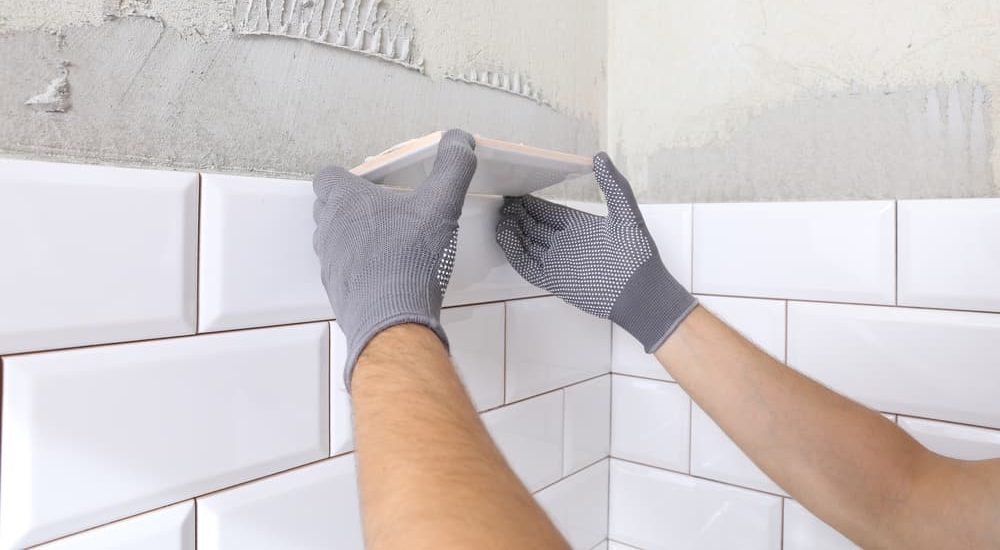

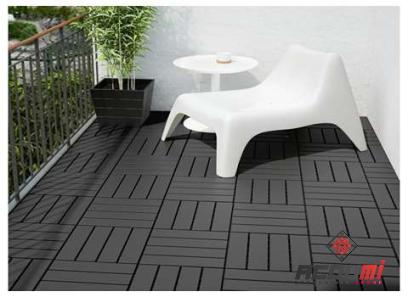
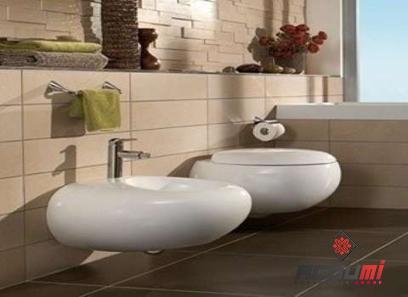
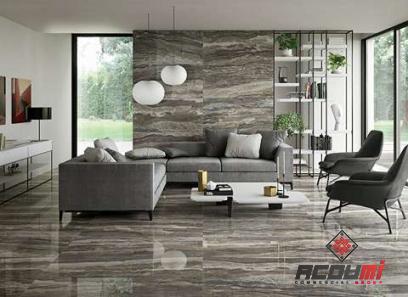



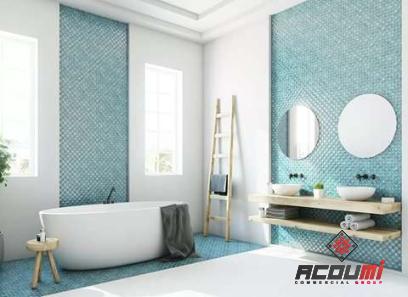
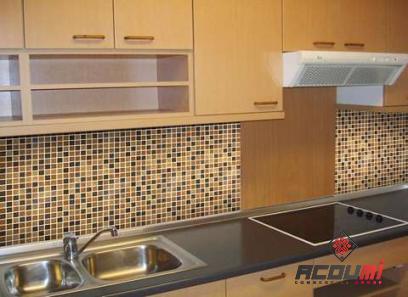
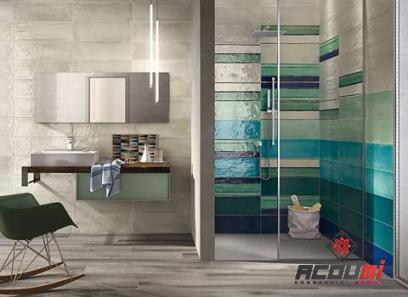
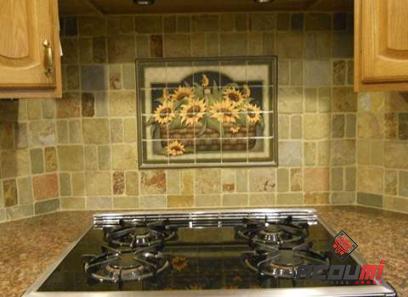
Your comment submitted.